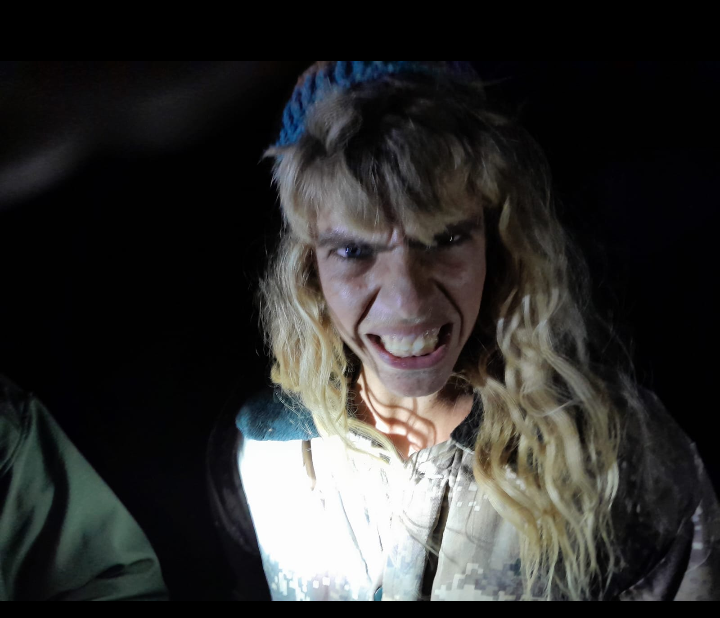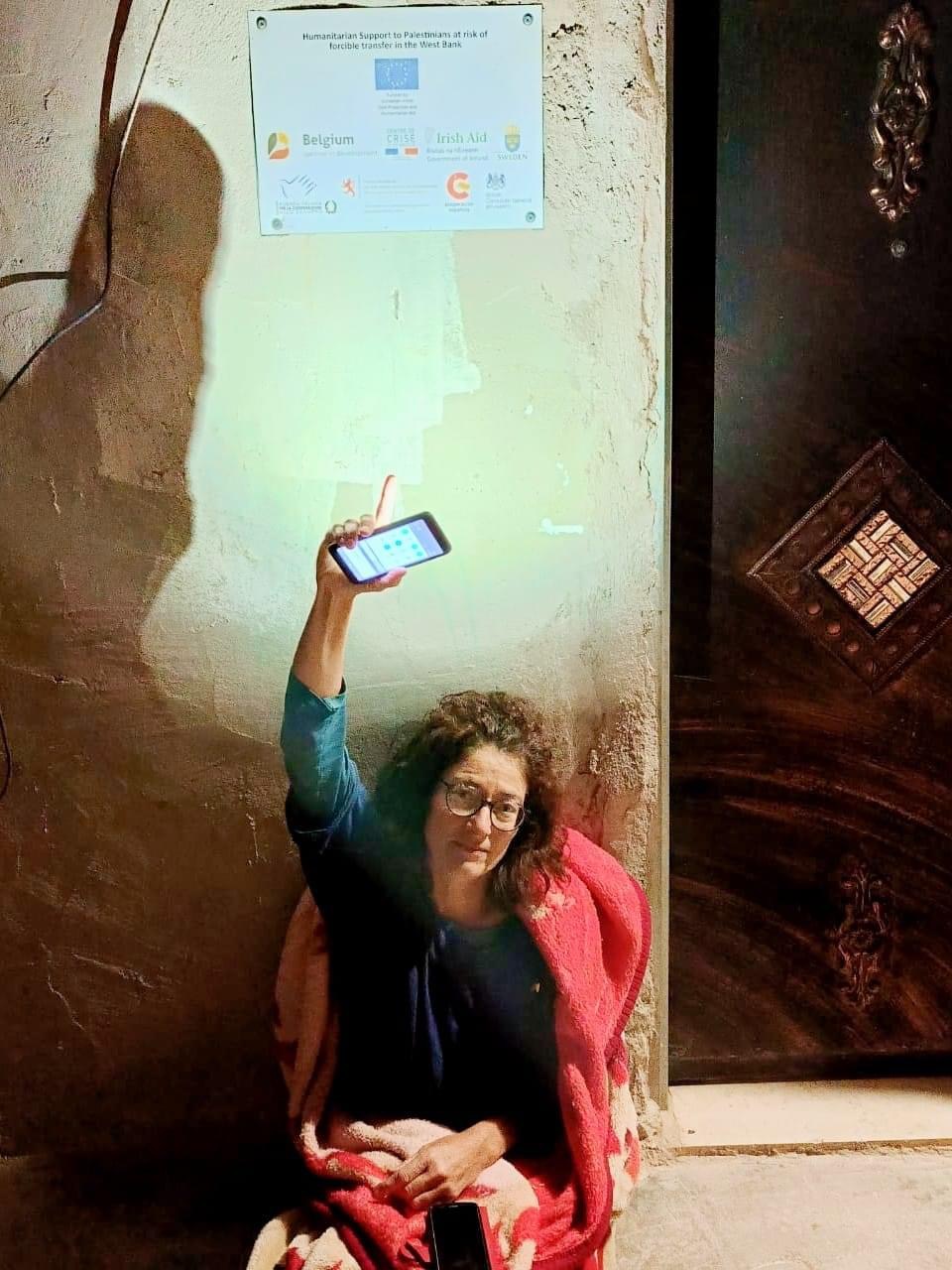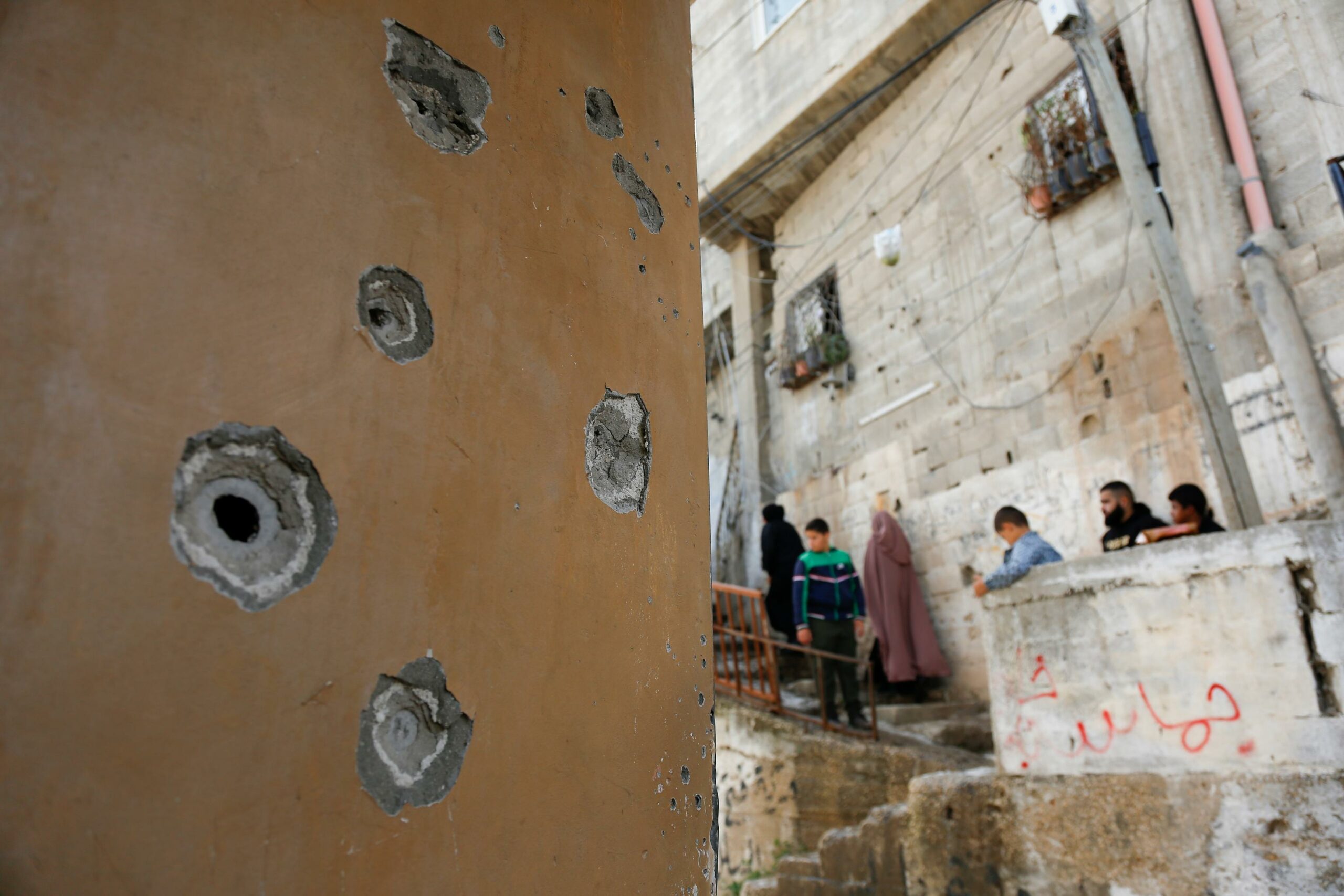Tag: Israeli Army
-
Palestinian Families in Mleihat Endure Night of Terror Following Settler Home Invasions
During the home invasions, the settlers committed violent assaults of Palestinian residents, traumatized children, insulted the women of the home and stole sheep from two Mleihat residents.
-
Human Rights Defender Accused of Supporting Terror
Alison Russell, a Scottish-born Belgian citizen and Human Rights Defender, was detained by the Israeli occupation authorities while documenting the demolition of a house in Masafer Yatta, in the South Hebron Hills of the occupied West Bank. She was deported after very perfunctory proceedings at the Jerusalem Magistrate’s Court.
-
Who is Holding Israel Accountable for its Crimes?
Israeli snipers were deployed everywhere, especially on the roofs of Palestinian houses inside the camp and its surroundings, as well as inside buildings under construction in the city, targeting anything that moved.



